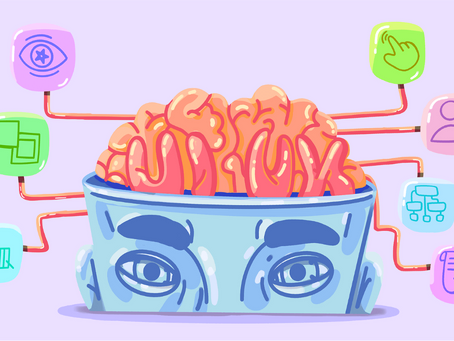New Year Goals – 11 Reasons Why You’ve Probably Already Failed
The ultimate guide on How to Achieve your Goals in 2023

As the new year begins, many of us set optimistic new year goals and resolutions with the intent of making positive and often dramatic changes in our lives. We’re encouraged to visualise our dreams, we engage in goal setting exercises and repeat daily affirmations.
But the sad reality is, the stats are not on your side and you’ve probably already failed. Only 8% of people achieve their New Year’s Resolutions and 2/3 have already given up on their goals by the the end of January.
So the question is, why is there still such a big gap between our intentions and actions? How can we start off so ambitious and motivated and go straight back to square one?
This is a short guide on the science and psychology of how to achieve your goals in 2023. If you’ve started and already failed, it’s not too late. This time you’ll have psychology on your side.
1. Do you want the Lifestyle?
- You want to lose weight, but do you actually want to change your diet and up your exercise regime?
- You want to be a professional athlete but do you really want the early mornings and regimented lifestyle?
- You want to start up a business but do you really want the insecurity and isolation?
- You want to start up a business but do you really want the insecurity and isolation?
The real challenge is determining the costs you’re willing to pay rather than the rewards you want to gain. Everyone wants the outcome but not many want the reality.
2. Process vs Outcome
I’ve worked with hundreds of ambitious athletes who make the mistake of focussing too much on the outcome and not enough on the processes required to achieve it. You don’t climb a mountain by just looking at the top of it. You need a big goal but you need to back it up with big action.
3. The Gap’s too big
- I want to have a 6 pack (but they don’t exercise at all & eat junk food daily)
- I want to have complete emotional control (but they’re impulsive & reactive)
- I want to be a millionaire (but they haven’t got a side hustle & have bad spending habits)
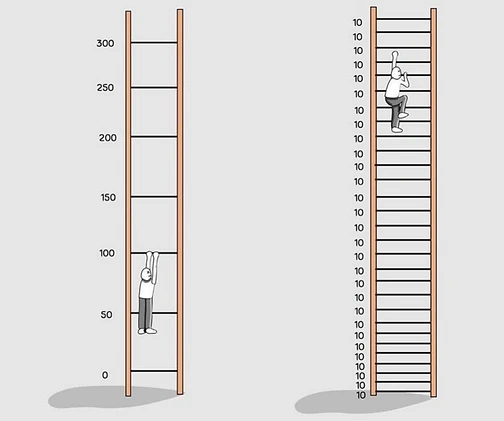
- I want to have a 6 pack —> I want to be fit & healthy
- I want to have complete emotional control —> I want to respond in a calmer and more rational manner
- I want to have complete emotional control —> I want to respond in a calmer and more rational manner
4. You’re being too Vague
“Vagueness is the enemy of action” – unknown
Let’s take our previous example one step further:
- I want to be fit & healthy —> I’m going to exercise at the gym at 8am on a Monday, Wednesday & Friday
- I want to respond in a calmer and more rational manner—> I’m going to step back, take a breath and reframe the situation before responding the next time someone upsets me
- I want to start improving my finances —> I’m going to start up a side hustle in drop shipping that I’ll work on for 4 hours every Saturday
5. You’re using the Wrong Metric
- I squatted 80kg last week —> I showed up to the gym 3 times
- I made £200 last week —> I worked for 4 hours Saturday morning
6. You’re too reliant on Motivation
External forms of motivation (rewards/punishment/guilt) can be good for getting started but not for keeping going – they fade away or you get used to it (hedonic adaptation).
The more internal the motivation, the higher chance of long-term, consistent action. There’s a big difference between ‘I need to’ and ‘I want to’.
Check out our insta post on motivation and how to change your behaviour.
7. Habits
Creating a habit is simple. You need to identify triggers and then reinforce your behaviour, and it’ll probably take you around 66 days. Check out our guide on how to build effective habits.
8. You’re still attached to Old Labels
- “I am lazy” – conflicts exercise
- “I am a procrastinator” – conflicts being productive
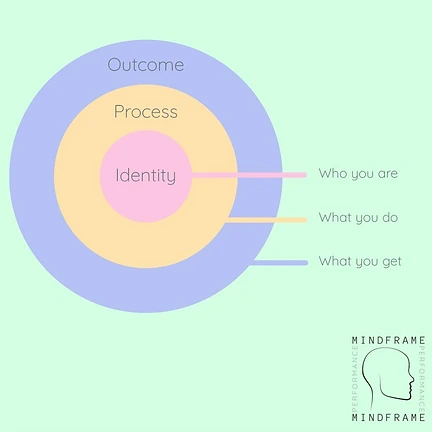
- “I am lazy” —> “I am an exerciser”
- “I am a procrastinator” —> “I am productive”
1. Decide who you want to become
2. Prove it to yourself with small wins
9. Your Environment is working against you
B = f(P,E) – Behaviour is a function of a person and their environment –
To increase goal related behaviours, reduce friction and make them easy.
- Want to exercise more —> Leave your exercise clothes out
- Want to read more —> Have a book next to your bed or chair
- Want to eat less junk food —> Hide them in the back of the cupboard (even better don’t buy them!)
- Want to watch less TV —> Take the batteries out of the remote
10. You’re expecting a Smooth Journey & Ignoring Reality
Psychology sometimes gets a bad rep that it’s all about positive thinking – your thoughts will become your reality etc. But positive thinking can set unrealistic expectations and leave us shocked when something inevitably goes wrong. We’re unprepared on how to respond and thrown off our processes.
Anticipate road blocks and mental obstacles along the way and have a plan in place with how you’ll respond. This both reduces worry beforehand and prepares a better response in the moment.
An if-then plan is a simple psychological technique that does what it says on the tin.
If X happens, then I will Y
- An if-then plan is a simple psychological technique that does what it says on the tin.
If X happens, then I will Y - If I get tired mid workout, then I will recognise this is normal and repeat my motivational mantra to keep going
11. You’re Negotiating with yourself
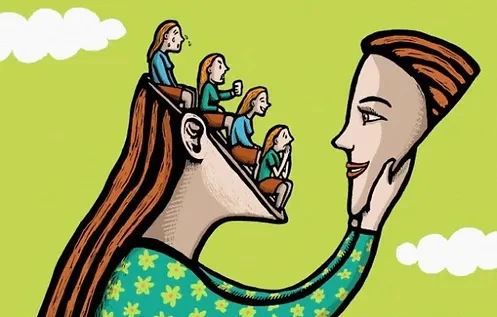
Too often we act on negative and limiting thoughts. It’s fine to have them, but not fine when we listen to them, negotiate with them and act on them.
Thoughts and feelings are just signals that alert your attention to something, and they’re often unreliable. Most of our thoughts are negative and most of what we worry about never comes true, so listening to and acting on them doesn’t make sense.
The goal isn’t to get rid of them (it’s not possible), the goal is to change your response to them. You’re going to have limiting beliefs and negative thoughts about your goal and during your process, but changing your relationship with them changes your response.
5 Psychological Techniques to Achieve Your Goals in 2023
1. Build Momentum
Behaviour change is very similar. You need to overcome initial beliefs, behaviours and habits to launch your new behaviour.
The start of behaviour change is the hardest bit, but once you pick up some momentum and turn your process into a habit, it gets a lot easier.
2. Get on a Winning Streak
Doing something difficult such as a goal related behaviour, spikes dopamine. Not only does it make us feel good but it motivates subsequent behaviour. There’s no motivation without dopamine.
Try to get on a winning streak. You brain will reward you with dopamine which creates the neurobiology for success throughout the day.
Our brains also love feedback. This same winning streak analogy applies to your processes. Provide evidence to your brain that you’re showing up on a regular basis. The habit tracker is a great tool for this.
3. Set Implementation-Intentions
4. Opt-in vs Opt-out
How does this apply to your goal? Opt-in!
- Arrange to go for a run with a friend at the weekend
- Book in a gym class the week before
- Schedule a call in for the time you’re meant to start working
5. The Goal Documentary
- How differently would you behave?
- How differently would you behave?
- Would you negotiate your behaviours with yourself just as much?
If you’ve failed, Start again
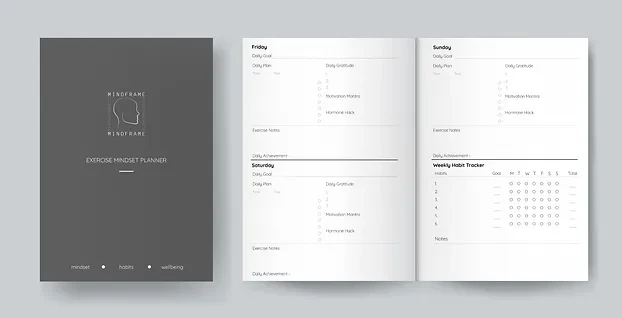
Ready to transform your mindset?
Take your game to the next level and fulfil your potential
Get in Touch![]()
